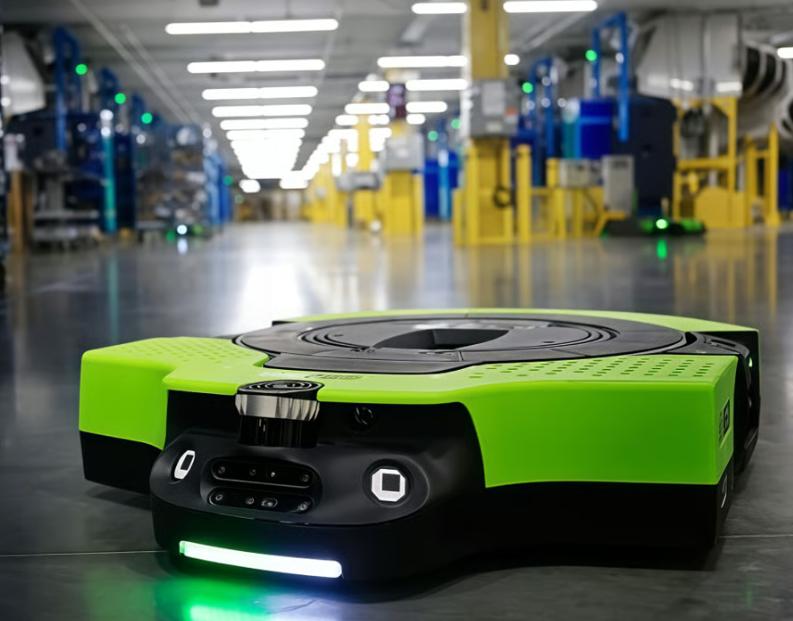🤖 Amazon has officially activated its one millionth robot in its logistics network. And it’s not just a round number – it’s a clear signal: automation is no longer in testing, it’s the new normal.
What can this million do?
Each of these robots can replace up to 24 humans in warehouse operations:
- moving and sorting goods
- packaging
- automatic loading and unloading
What do the experts say?
💬 Carl Benedikt Frey, Oxford economist:
“Amazon is one of the main drivers of automation. Their model shows that if a human can be replaced – they will be. It’s economically rational.”
💬 Rachel Mitchell, McKinsey analyst:
“By 2030, over 800 million people could be displaced by automation globally – and retail will be in the top 3 affected sectors.”
💬 John Bostick, labor law expert:
“We’re witnessing a structural shift in the labor market. The question is no longer whether humans will leave the conveyor – but where they’ll go next.”
Why does it matter?
- Robots take over the routine – but also displace low-skill jobs
- Demand for skills in AI, logistics and tech maintenance is rising
- It’s a global trend – and the sooner you adapt, the better
💡 The moral?
The future of work is already here: some hold a wrench, others – a script. And if a robot took your place, maybe it’s time to take over the controls.
All content provided on this website (https://wildinwest.com/) -including attachments, links, or referenced materials — is for informative and entertainment purposes only and should not be considered as financial advice. Third-party materials remain the property of their respective owners.


